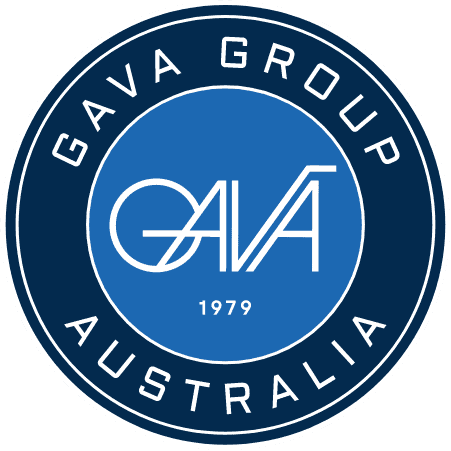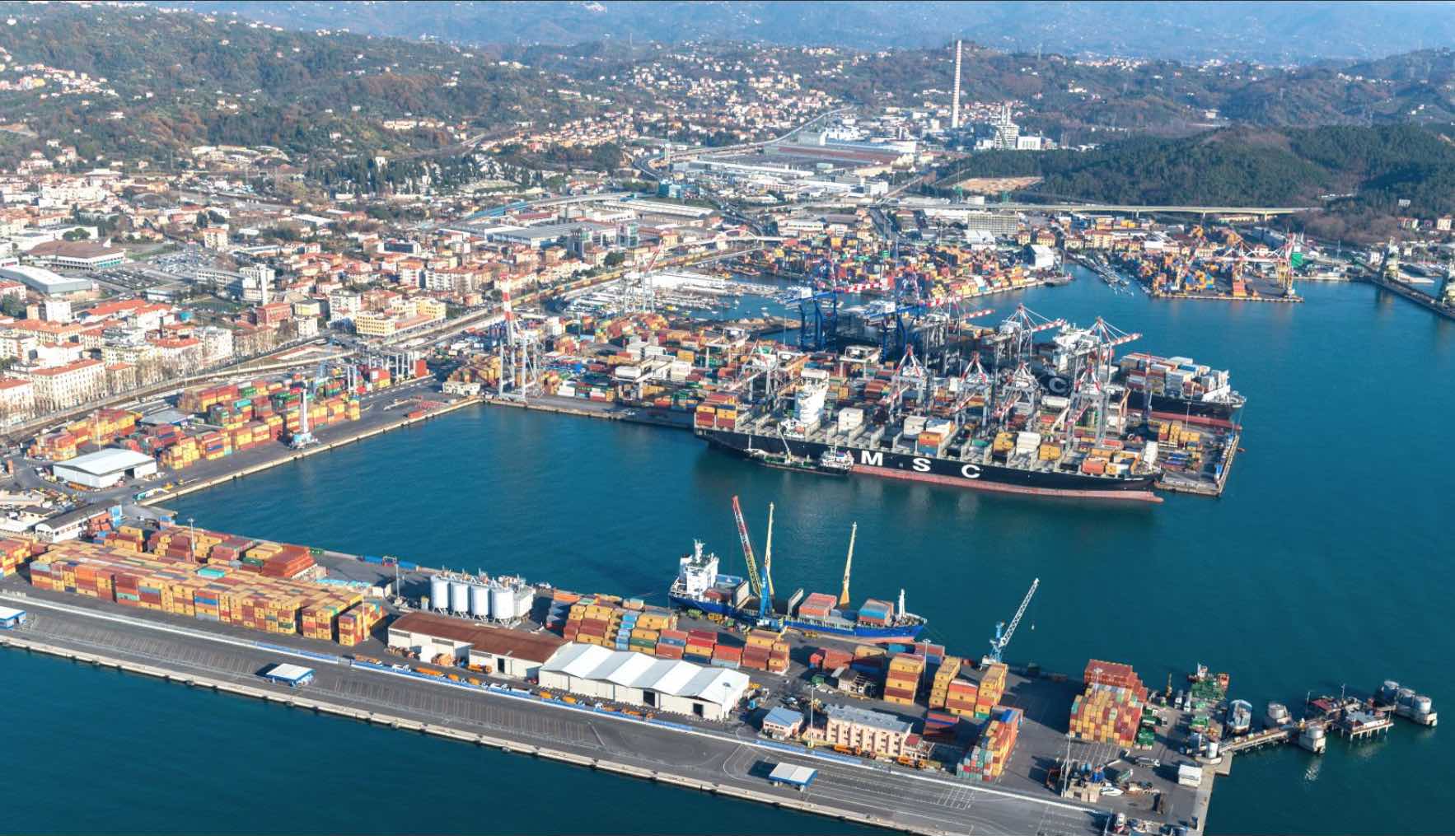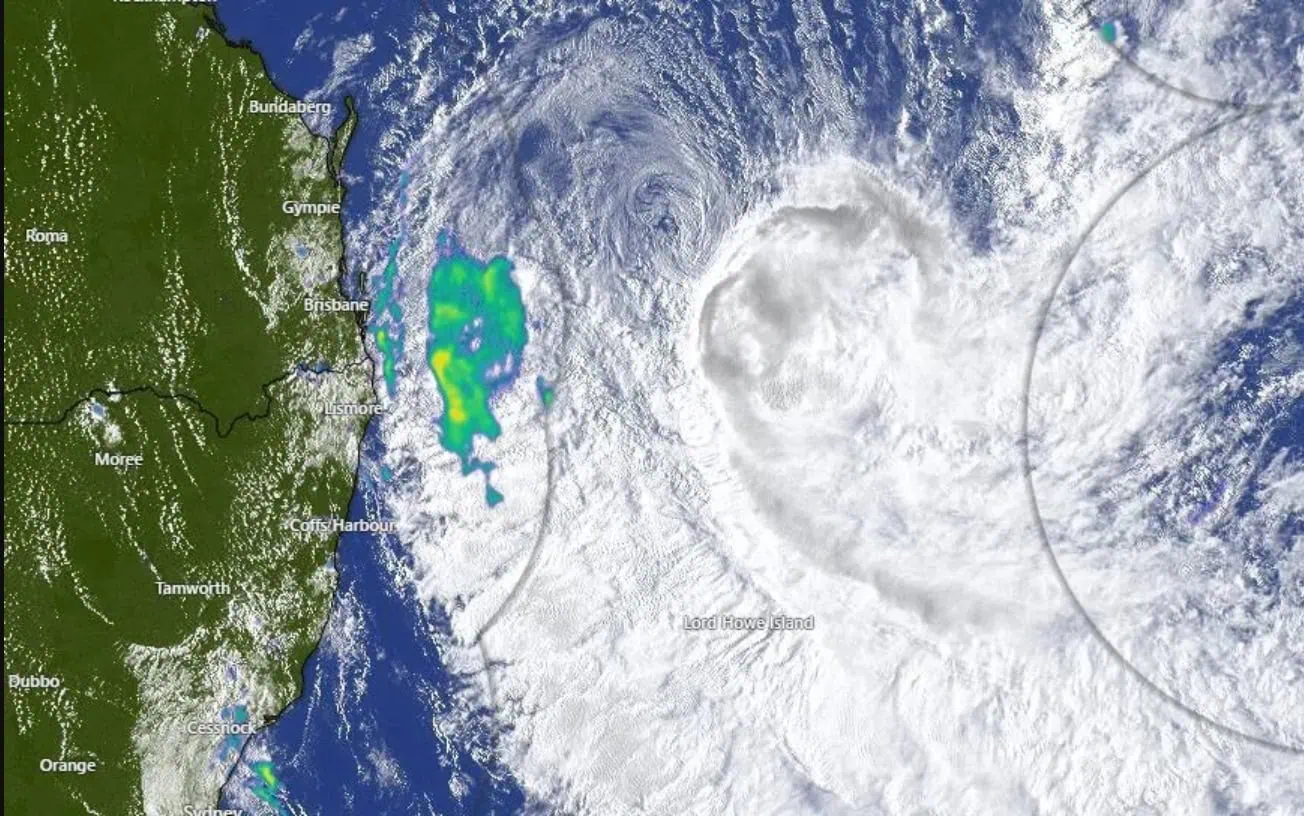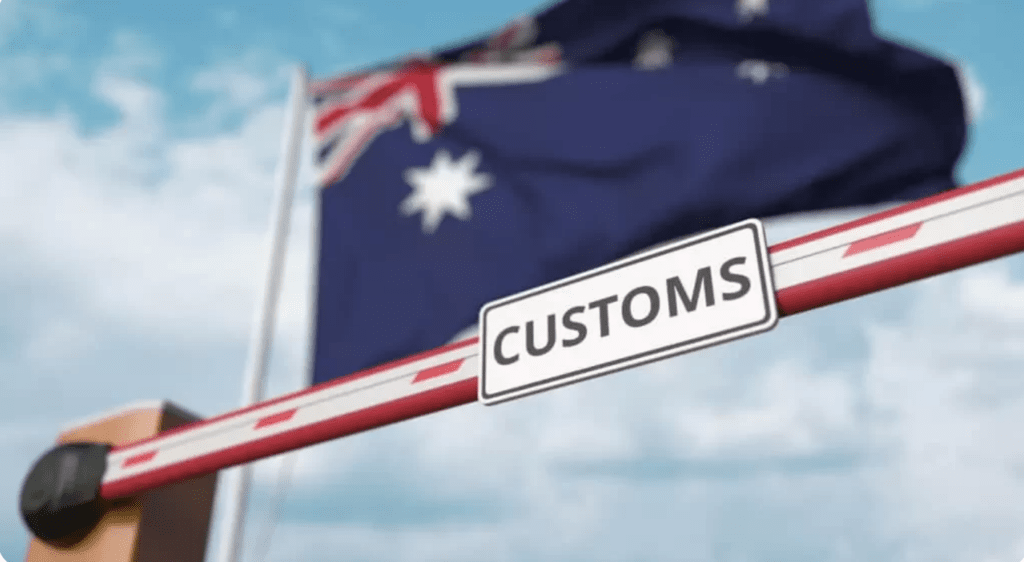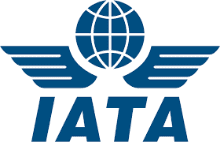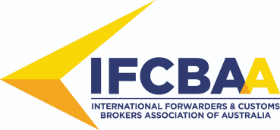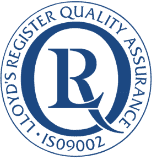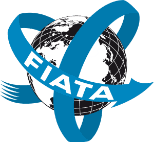TL;DR: GAVA International simplifies Australian customs clearance. Our following step-by-step guide covers planning, documentation, and navigating regulations, so you know what to expect when moving your goods through customs.
We make Australian Customs Clearance simple
As a leading authority in customs clearance solutions, GAVA International is committed to simplifying the complexities of international trade.
We recognise the importance of understanding the customs clearance process to ensure seamless import and export operations. Below are the basics you need to know about Australia’s customs clearance process, and how to navigate it.
In this blog…
Your step-by-step guide to the Australian Customs Clearance process
Navigating the Australian customs clearance process can seem daunting, but with our step-by-step guide, you’ll be well-prepared for a smooth experience:
- Commercial Documentation: Start by ensuring you have all necessary commercial documentation in order, including invoices, packing lists, and certificates of origin. Accurate and complete documentation is essential for customs clearance.
- Arrival of Goods and Import Declaration: Once your goods arrive in Australia, it’s time to lodge your import declaration with the Australian Border Force (ABF). This declaration provides detailed information about the imported goods, including their value and origin.
- Assessment of Customs: Customs officers will assess your import declaration to determine the correct classification and value of your goods. They may also conduct inspections to verify the accuracy of the information provided.
- Paying Customs Duties and Taxes: If applicable, you’ll need to pay customs duties and taxes on your imported goods. The amount you owe will depend on the value and classification of the goods, as well as any applicable trade agreements or concessions.
- Release of Goods: Once all necessary payments have been made and customs requirements met, your goods will be released for delivery. We can then arrange for the onward transportation of your goods to their final destination.
At GAVA International, we understand the importance of a seamless customs clearance process. Our experienced team can guide you through each step, ensuring your compliance with customs regulations and minimising delays. Trust us to handle your customs clearance needs efficiently and cost-effectively, so you can focus on growing your business with confidence.
Planning for Customs
Efficient planning for customs clearance is essential to avoid delays and ensure smooth import and export processes. Here are some tips to help you plan effectively:
- Understanding Regulations and Requirements: Familiarise yourself with customs regulations and requirements for your specific goods and destinations. This will help you anticipate any potential issues and ensure compliance from the outset.
- Keeping Accurate and Complete Documentation: Maintain detailed records of all relevant paperwork, including invoices, packing lists, and certificates of origin. Accurate documentation is key to expediting the customs clearance process and avoiding unnecessary delays.
- Maintaining Proper Communication: Stay in regular communication with your freight forwarders and suppliers to coordinate shipments effectively. Clear communication ensures everyone is aligned on timelines and requirements, reducing the risk of misunderstandings or mistakes.
Required Documentation for Customs Clearance
When it comes to clearing customs for your international shipments, having the right documentation is crucial. At GAVA International, we understand the importance of navigating customs regulations smoothly, which is why we’ve outlined the necessary paperwork you’ll need:
- Commercial Invoice: This document provides a detailed description of the goods being shipped, including their value and quantity. It serves as a key record for customs authorities to assess taxes and duties.
- Packing List: A comprehensive list detailing the contents of each package, including its dimensions, weight, and packaging materials. This helps customs officers verify the contents of your shipment.
- Bill of Lading: Issued by the carrier, this document serves as a contract between the shipper and the carrier for the transportation of goods. It contains essential information such as the origin and destination of the shipment.
- Certificate of Origin: This document certifies the country where the goods were manufactured. It may be required by customs authorities to determine eligibility for preferential duty rates under trade agreements.
- Import Permit (if necessary): Some countries require an import permit for certain types of goods. It’s essential to check with a customs authority to see if your shipment requires this additional documentation.
At GAVA International, we work closely with customs authorities. We have established trusted independent customs brokers and customs brokerage firm relationships to ensure seamless clearance for your shipments.
Our experienced team will guide you through the process, handling all necessary paperwork and liaising with any relevant customs officer on your behalf.
Australian Labelling Requirements
Product categorisation and correct labelling play a significant role in meeting Australian customs requirements. Each product must be accurately categorised and labelled according to Australian standards to avoid complications during customs inspections. This includes providing detailed information about the contents of the shipment, such as product descriptions, quantities, and values.
At GAVA International, we prioritise keeping our clients informed about these regulations to ensure compliance and prevent delays in the customs clearance process. We work closely with clients to ensure they understand and meet Australian labelling requirements and provide guidance on proper product categorisation and labelling practices. By adhering to these regulations, our clients minimise their risk of delays and avoid potential customs fees, fines, or penalties.
Types of Import Declarations
Understanding the different types of import declarations in Australia is crucial for smooth customs clearance. Here’s what you need to know:
- Full Import Declaration: This comprehensive declaration is required for goods valued at over AUD 1,000, or for certain types of regulated goods. It provides detailed information about your imported goods, and is lodged with the Australian Border Force (ABF) before those goods arrive in Australia.
- Self-Assessed Clearance Declaration (SAC): Suitable for low-value shipments valued at AUD 1,000 or less, the SAC allows importers to self-assess their goods and clear them through customs without the need for a formal full import declaration.
- Customs Entries: Depending on the nature of your goods and your importing frequency, there may be additional types of customs entries required. These could include provisional import declarations, temporary import declarations, or warehouse entries.
Choosing the right type of import declaration depends on various factors, including the value and nature of your goods, as well as your importing frequency and compliance capabilities. Our team at GAVA International can provide guidance and support to help you determine the most appropriate declaration method for your specific import needs.
Trust us to navigate the complexities of customs clearance on your behalf, and ensure your imports meet all regulatory requirements efficiently and cost-effectively.
What to know about Prohibited and/or Restricted Goods
Understanding the regulations surrounding prohibited and restricted goods in Australia is crucial for successful import and export operations. Here’s what you need to know:
- Prohibited Goods: These are items that are strictly forbidden to be imported or exported from Australia. They may include illegal substances, dangerous weapons, and items that pose a threat to public safety or national security.
- Restricted Goods: These are items that require special permission or authorisation from relevant authorities before they can be imported or exported. Examples include certain medications, firearms, and endangered species products.
Attempting to import or export prohibited or restricted goods without proper authorisation can have serious consequences, including:
- Legal penalties and fines imposed by customs authorities.
- Seizure of the goods by customs officers.
- Delays and complications in the customs clearance process.
- Damage to your reputation and business relationships.
At GAVA International, we're your Trusted Partners in the Customs Clearance Process
As we’ve discussed throughout this post, effectively navigating Australia’s customs clearance takes thorough planning, accurate documentation, and compliance with all regulations to ensure a smooth journey for your goods.
With GAVA International by your side, you can navigate this process with confidence. Our experienced team is dedicated to guiding you through each step of customs clearance, ensuring efficiency, compliance, and your peace of mind.
Focus solely on growing your business globally. Let us handle all your customs clearance needs.
